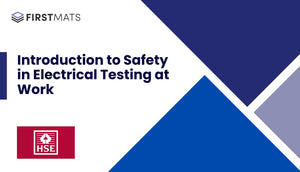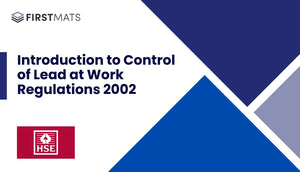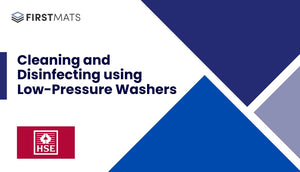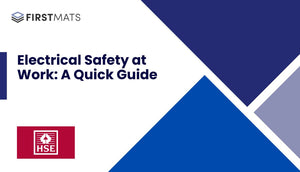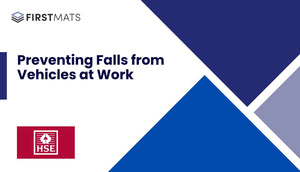Article Index:
Understanding Musculoskeletal Disorders in Checkout Work
This article is a quick guide to the Health and Safety Executive (HSE) document titled "Managing Musculoskeletal Disorders in Checkout Work: A Brief Guide" (INDG269(rev1)). The original document aims to help employers manage checkout work at point of sale and reduce the risk of their workers suffering from musculoskeletal disorders (MSDs).
What are MSDs?
MSDs cover any injury, damage or disorder of the joints, muscles, tendons, ligaments, nerves or other soft tissues in the upper/lower limbs or the back. Symptoms can include pain, discomfort, tingling, numbness, stiffness or swelling. Most MSD symptoms will clear up without any need for medical attention.
Who Should Read This Guide?
This guide is mainly aimed at managers and those responsible for health and safety in the store. It will also be useful to employees and their representatives.
Assessing and Managing Risks
Employers should walk around their checkout or point of sale area and look for any hazards - anything that may cause harm. They should then consider the risks - the chance of somebody being harmed by the hazard, and how serious the harm could be. Employers should consider the measures they are already taking to control the risks and ask if there is anything they should do to make the workplace safer. Once the risks have been assessed, employers need to consider:
- Can the risk be avoided?
- If not, can the risk be reduced?
- Can the risk be controlled?
Controlling the Risks
The key MSD risks in point-of-sale work include manual handling and lifting of goods, awkward postures, static and cramped postures, and work organisation factors. Employers should consider the following:
- Reduce the amount of twisting, stooping and reaching;
- Consider the weight to be carried and whether the worker will need help;
- Provide suitable, adjustable seating and footrests if required for workers;
- Introduce breaks in activity through organised/scheduled rest breaks or encourage task variety and job rotation.
Advice for Health and Safety Representatives
Health and safety representatives can use investigative powers to identify work-related risks to health using simple techniques such as body-mapping or informal surveys of workers.
Conclusion
This guide provides a brief overview of the key points from the HSE document on managing musculoskeletal disorders in checkout work. For a more detailed understanding, it is recommended to review the full document available on the HSE website.


